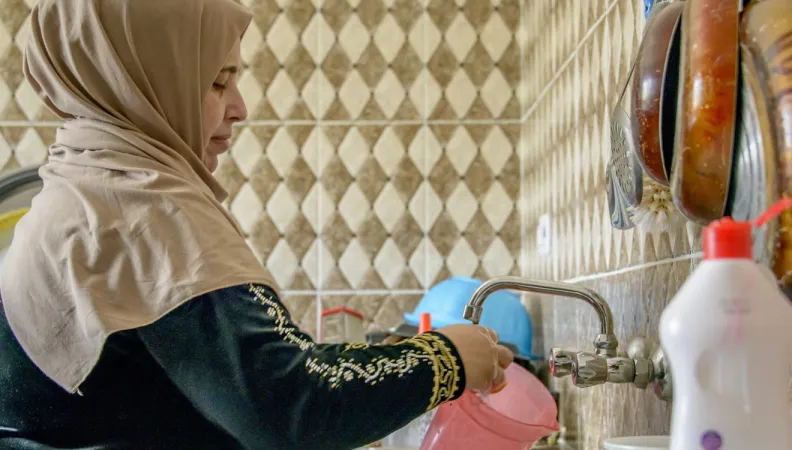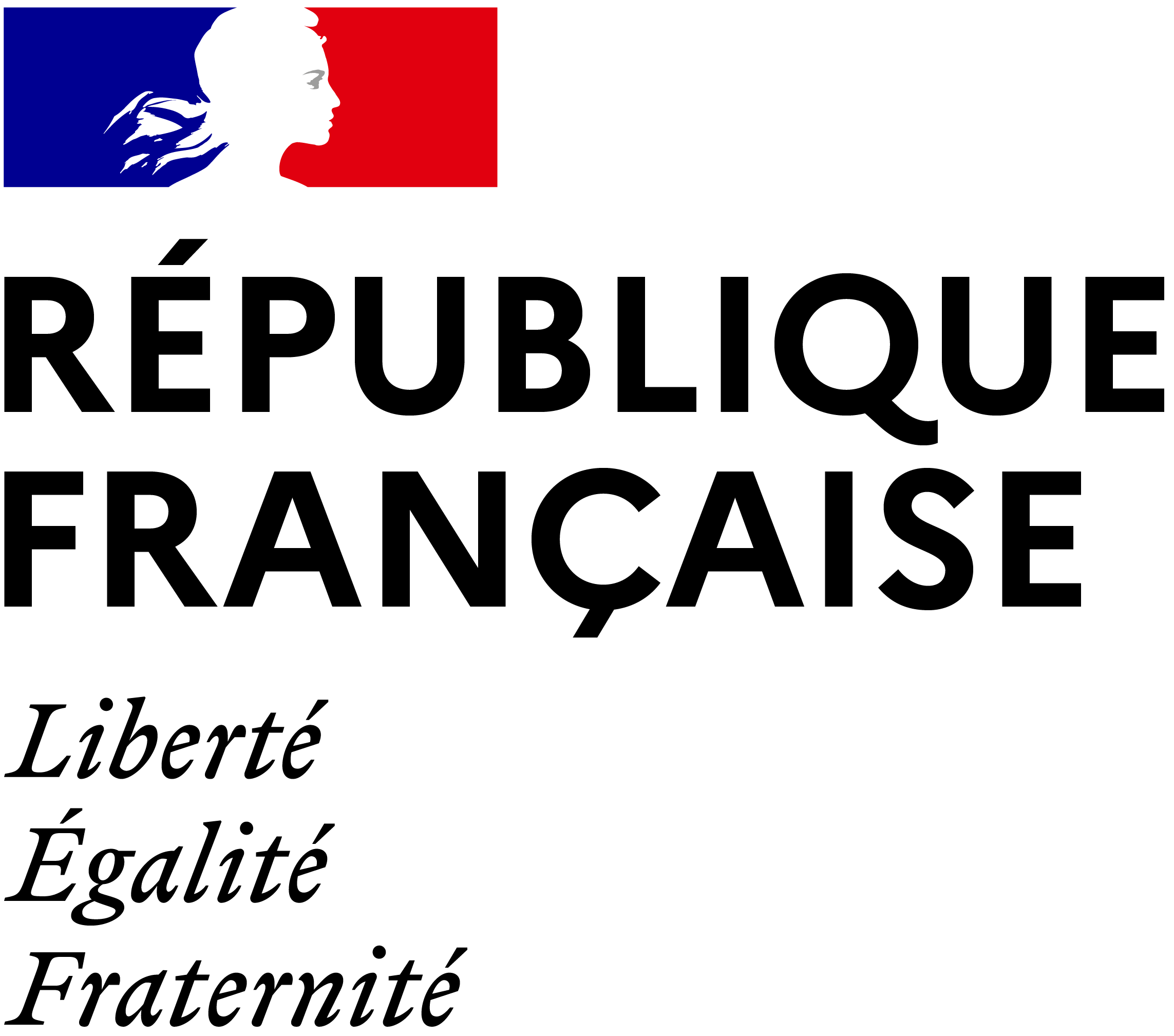Share the page
Improving access to sanitation for host communities and refugees in Ramtha and Sahel Houran
Project
This project is carried out with the support of the European Union



-
Project start date
-
Status
Ongoing
-
Project duration
-
7 years
-
AFD financing amount
-
€ 98 600 000
-
Country and region
-
Location
-
Ramtha/Sahel Houran
-
Type of financing
-
Beneficiaries
-
Northern governorates
This project is carried out with the support of the European Union

The content of this project information sheet falls under the sole responsibility of the AFD and does not necessarily reflect the opinions of the European Union.
The Hashemite Kingdom is facing a critical situation: according to the Jordanian authorities, more than one million Syrian people have fled to Jordan since 2012, a large number of them in the northern governorates, exacerbating the situation of water stress that characterizes the country and putting drinking water and wastewater installations to the test. This project will improve the quality of the sanitation service for host communities and refugees in the Ramtha and Sahel Houran region, in the north of the country.
Context
Water stress, accentuated by climate change and demographic pressure caused by the massive arrival of Syrian refugees, is a major obstacle to development in Jordan.
Significant investments are needed to improve the collection and treatment of wastewater from the large cities of the plateau in the north of the country, and its l transfer to the Jordan valley where this resource is used for agricultural irrigation in substitution of overexploited both surface and groundwater that should be saved for domestic consumption.
In the border town of Ramtha, which already had a high poverty rate before the Syrian crisis, the population has grown by 30 to 40% since 2012 with the arrival of refugees, increasing the pressure on public services including water and sanitation, and causing problems of access to these services.
Description
The project aims at developing and expanding the capacity of the sanitation system in the Ramtha and Sahel Houran areas with the collection and treatment of wastewater for a beneficiary population of 180,000 inhabitants by 2030 (i.e. a connection rate of 63% against 25% today).
A new wastewater treatment plant with a final capacity of 22,000m3/day will be built in 2 phases, next to the current plant. The effluents treated to the standards for the reuse of purified water will then be conveyed by pumping through an 8-km trunk line to the Shalala treatment plant in order to be then transferred by gravity towards the King Talal dam and the King Abdullah Canal which serves the irrigated perimeters of the Jordan Valley. The project includes the construction of the first phase of the plant (wastewater sector of 11,000m3/day with treatment of the produced sludge) and the installation of around 100 km of networks and 4 pumping stations.
A social component of the project will also finance the connection to thesewage network and the rehabilitation of sanitary facilities inside homes, allowing 3,200 households among the most vulnerable of the host communities and Syrian refugees, as well as certain public buildings (schools, health centers) to access a quality sanitation service.
Impacts
The quality of the sanitation service and the well-being of the population in the project area (with specific targeting of the most vulnerable) will be improved. The project will also contribute to the preservation of soils and bodies of water (rivers and groundwater) currently polluted by defective individual sanitation systems.
It will also generate an additional water resource to the required quality in order to be recycled and conveyed towards the irrigated perimeters of the Jordan Valley and will thus make it possible to reduce the overexploitation of conventional resources intended increasingly for domestic use, in accordance with the policy of adaptation to climate change of the country.
The collection and treatment of effluents will directly reduce greenhouse gas (GHG) emissions. On an annual average, the project will ultimately prevent the emission of approximately 22,000 tons of CO2 equivalent and will contribute to the country’s low-carbon trajectory in the context of alignment with the Paris Agreement.


